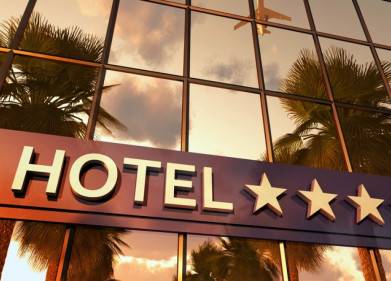Senegal is a French-speaking African country with a population of 15 million. Its capital city, Dakar is famous for the Musée Théodore Monod, a museum displaying African art. The majority of the population are Muslims.
Senegal has a hot and humid climate characterised by two seasons. The dry season, from December to April which brings dry cold winds called harmattan. The rainy season, from May to November.
Nobody wants to travel with an umbrella, so the best time to visit is the dry season when there’s no risk of flood. Lightweight clothing is recommended due to the humidity all year round. You can get Senegalese outfits with their intricate and beautiful designs at one of the local markets.
There are several restaurants serving international and traditional dishes. Thebou diene, a fish and rice concoction eaten with sauce is a local delicacy. Palm wine is a popular alcoholic beverage.
Road transport is the popular means of commute. There are inter-city buses called car rapides that you have to flag down by the roadside. Alternatively, you can hire a taxi through a taxi company.
Senegal has a strong hospitality culture, called teranga. Teranga means hospitality in Wolof. The Senegalese are friendly and welcoming people. Senegalese people love music and storytelling, they have local griots which are essentially praise singers who combine melody with storytelling.
Senegalese music and art is showcased in its many festivals, such as:
- Abéné Festivalo, a 10-day drumming festival that rings in the New Year.
- Independence Day, a celebration of Senegal’s independence from France.
- Dak’Art Biennale, takes place in May every two years. Features display of works from various artists.
- St Louis Jazz Festival.
- Kaay Fecc, a celebration of traditional and contemporary dance.
- Gorée Diaspora Festival, held between November and December, it features music and showcases, along with conferences and discussions.
There are luxury beach resorts along Senegal’s coast. The tranquil N’gor Island, is among the best surfing spots, and has a surfing school. You can go scuba diving at Nautilus, one of Senegal’s largest scuba diving centres.
Senegal has many other natural attractions which include:
- Lake Retba: known as Pink Lake for its bright colour. This lake has high salt content which allows swimmers to float above the waters.
- Goree Island (Île de Gorée): home to the House of Slaves built by the Dutch to hold captives, now a tourist attraction. Goree Island also has several museums where you can learn about African art and history.
- Niokolo-Koba National Park: a World Heritage Site that is home to several of Senegal’s wildlife species. It also features a waterfall, The Dindefelo Falls tower more than 360 feet above this stunning landscape
- Saloum Delta National Park: the park is home to the Fathala Game Reserve, which you can explore through hiking or safari tours. You can watch rare animals and birds at the Djoudj National Bird Sanctuary.







